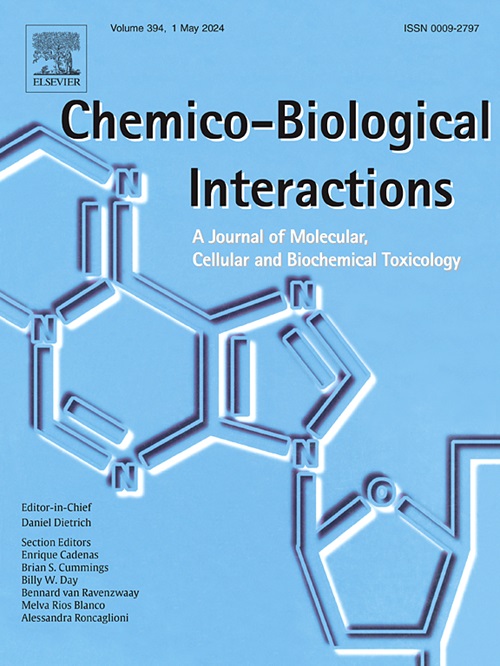Strategies for developing a recombinant butyrylcholinesterase medical countermeasure for Organophosphorus poisoning
Abstract
Organophosphorus nerve agents represent a serious chemical threat due to their ease of production and scale of impact. The recent use of the nerve agent Novichok has re-emphasised the need for broad-spectrum medical countermeasures (MCMs) to these agents. However, current MCMs are limited. Plasma derived human butyrylcholinesterase (huBChE) is a promising novel bioscavenger MCM strategy, but is prohibitively expensive to isolate from human plasma at scale. Efforts to produce recombinant huBChE (rBChE) in various protein expression platforms have failed to achieve key critical attributes of huBChE such as circulatory half-life. These proteins often lack critical features such as tetrameric structure and requisite post-translational modifications. This review evaluates previous attempts to generate rBChE and assesses recent advances in mammalian cell expression and protein engineering strategies that could be deployed to achieve the required half-life and yield for a viable rBChE MCM. This includes the addition of a proline-rich attachment domain, fusion proteins, post translational modifications, expression system selection and optimised downstream processes. Whilst challenges remain, a combinatorial application of these strategies demonstrates potential as a technically feasible approach to achieving a bioactive and cost effective bioscavenger MCM.

 求助内容:
求助内容: 应助结果提醒方式:
应助结果提醒方式:


